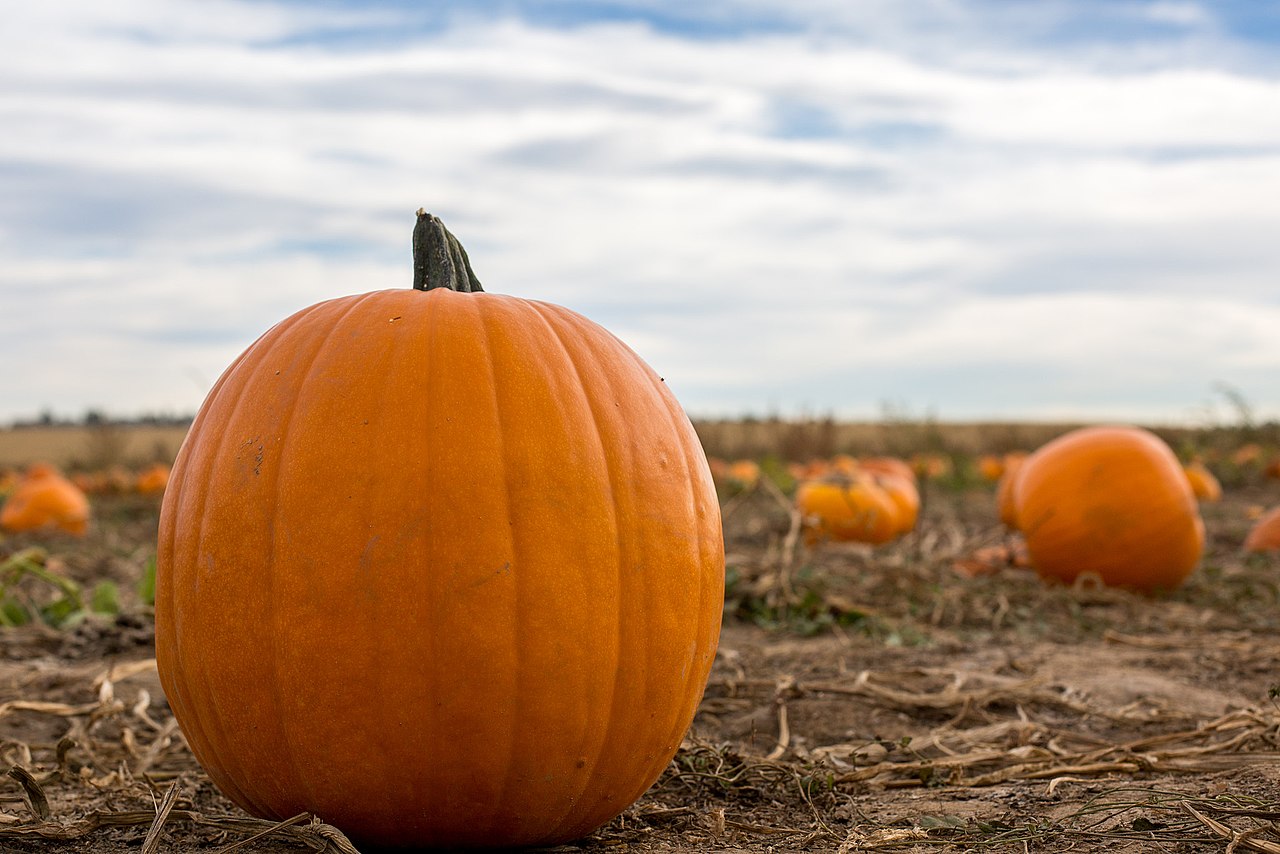Halloween is almost upon us. Here are a few very brief comments that you may be able to use or incorporate this weekend in your church, youth group etc if you wish.
HALLOWEEN
In the liturgical calendar, All Saints Day is 1 November. Centuries ago, All Saints Day was an occasion on which all those saints who didn’t have their own particular dedicated day, could be honoured. The origins are unclear. Some see it as an ancient pagan festival taken over and Christianised by the early church. It may have been used originally to honour and celebrate those who had been martyred for their faith.
By Medieval times, alleged relics of prominent Christians (‘Saints’) were often collected and honoured on All Saints Day, and people could go to view them and give thanks for the lives of the departed. In some cases, this was linked with praying for people who had died to help them attain heaven.
On the night before, special services might be conducted including prayer vigils, candle-lighting, processions or bell-ringing. People often set about clearing their homes of anything that had ungodly associations and preparing their hearts for going to church the next day. There might also be special prayers to ward off evil spirits and perhaps also special food to mark the occasion. Therefore, this night, 31st October, was called All Hallows Eve—or Holy E’en (evening)—and eventually Halloween.
In 1517, Duke Frederick if Saxony had one of the greatest collections of relics in the country. He had nearly 20,000 items, all allegedly genuine, which included the following,: one of Saint Jerome’s teeth, four pieces of Saint Chrysostom, four hairs from the head of Mary, the mother of Jesus, three pieces of her cloak, thirteen pieces of Jesus’s baby crib, one wisp of straw from the manger, one piece of the gold brought by the wise men, one of the nails from the cross of Jesus, one piece of bread left over from the Last Supper, one strand of Jesus’s beard and one twig from Moses’s burning bush.
Those who came to view the relics, and who paid the appropriate contribution, were assured of nearly two million years reduction from purgatory either for themselves or others.
Martin Luther strongly questioned such claims and on the evening of 31st October 1517, he invited scholars at the university of Wittenberg to a debate on the subject, for which he had prepared some 95 propositions for discussion, which he copied out and, according to accepted practice, nailed to the church door at Wittenberg, suggesting a debate. As is now well known, this simple and apparently innocuous act caused an incredible response and touched off what we now know as the Reformation. And so 31st October now became Reformation Sunday.
Of course, most people attribute no significance to Halloween at all. It’s purely a commercial enterprise. It makes the whole realm of darkness a game to play, it trivialises sin and satanism and therefore misleads and deceives children—and no doubt many adults—into thinking none of it really matters.
Simply denouncing Halloween practices as misleading and dangerous is unlikely to achieve anything significant. But abstaining from them and using the occasion to preach Christ where opportunity affords is an option that we ought not to overlook.
Barry Chant, the founding principal of Tabor College, has written widely, from Heart of Fire: The story of Australian Pentecostalism to the Spindles books for children
Pumpkin image by Makia Minich


well said.